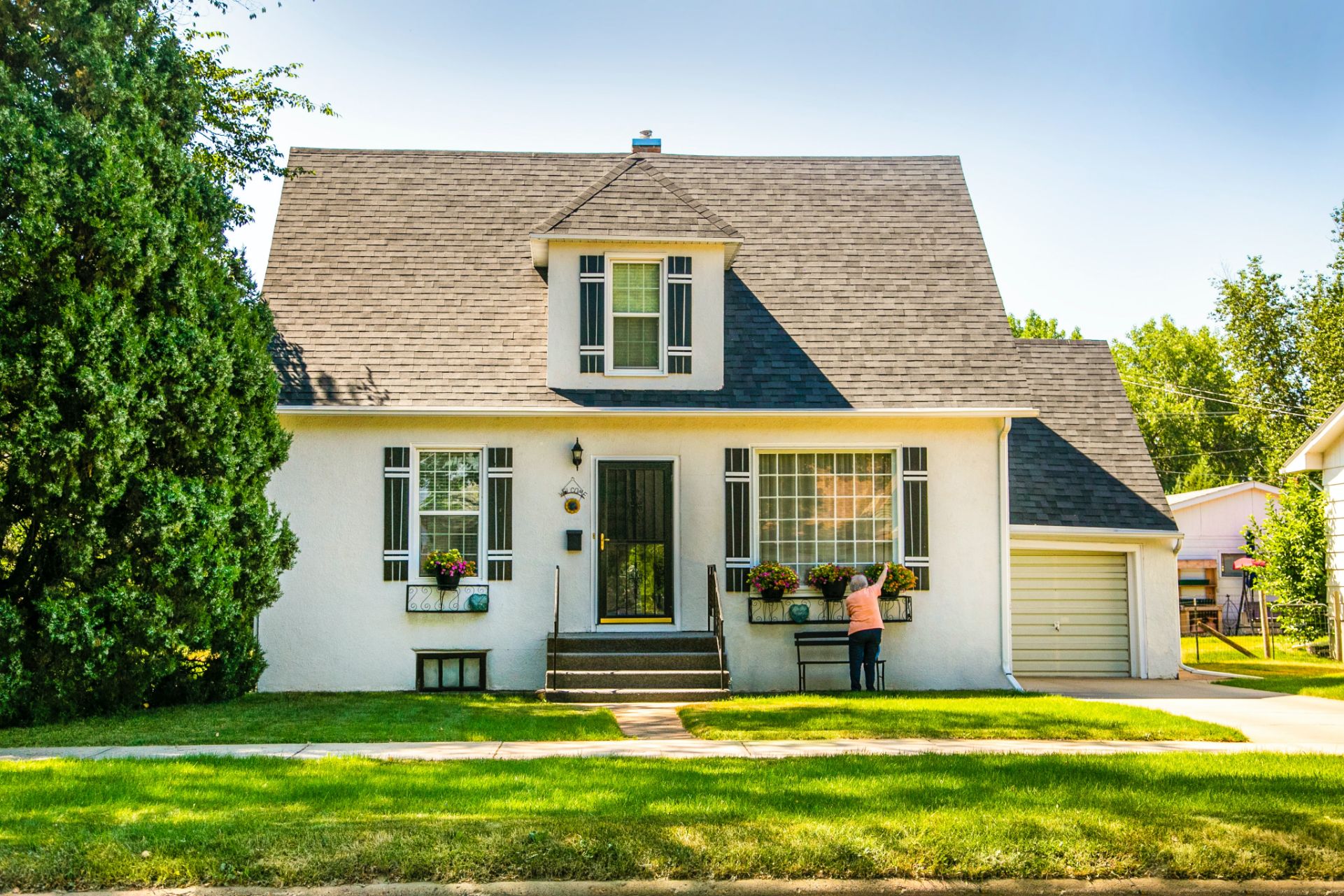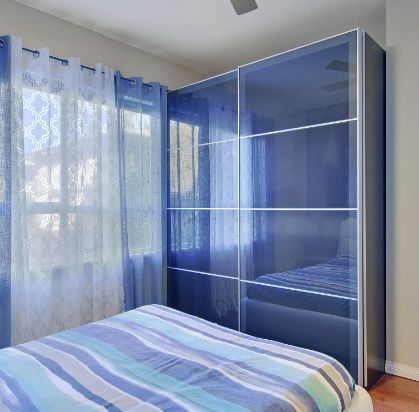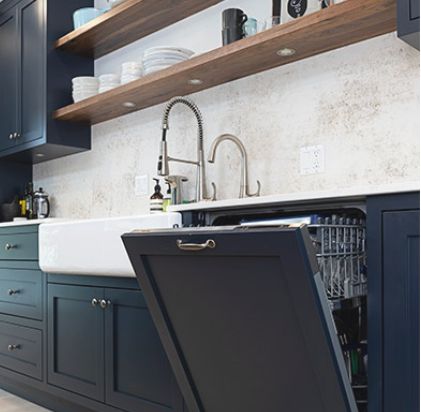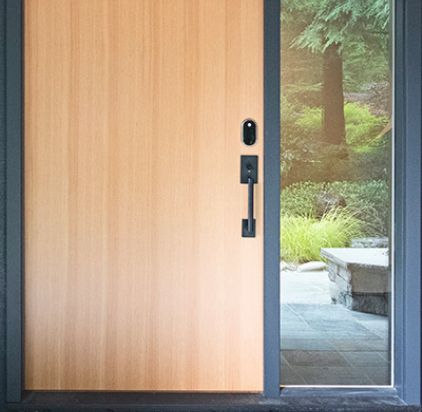
Energy Retrofit
Deep Energy Retrofit
for your home
Deep Energy Retrofits (DER) are an advanced approach to improving the energy efficiency of existing homes.
Unlike basic weatherization, which might involve simple measures like adding insulation or sealing leaks, deep energy retrofits aim to achieve dramatic reductions in energy consumption—often between 50% and 90%.
Our guide will walk you through the essential steps and considerations for undertaking a deep energy retrofit, providing you with the knowledge to make informed decisions and maximize your home’s energy performance.
50-Point Deep Energy Retrofit Checklist for Homeowners
1.
Understanding Deep Energy Retrofits
What is a Deep Energy Retrofit?
A deep energy retrofit involves comprehensive upgrades to a home’s building envelope and systems to achieve significant energy savings. This includes improvements to insulation, air sealing, heating and cooling systems, hot water systems, lighting, and appliances. According to David Martin, Owner of Renovation Science, “A deep energy retrofit can significantly reduce household energy consumption, but only as long as nothing is overlooked”.
Why Consider a Deep Energy Retrofit?
The primary motivation for a deep energy retrofit is to reduce energy consumption and lower utility bills. However, there are additional benefits, such as improved indoor air quality, increased comfort, and a reduced carbon footprint. David emphasizes, “With highly committed homeowners, the team was able to push far beyond typical energy retrofits, and explore new approaches to comprehensive efficiency”.
Initial Assessment and Planning
Conducting a Home Energy Audit
The first step in any deep energy retrofit is to conduct a thorough home energy audit. This audit will provide a detailed report on your home’s current energy performance and recommend specific improvements. “Studying utility bills covering at least one year, and preferably more, is a good start,” says David. Additionally, blower-door testing, infrared imaging, and duct-blaster testing offer valuable insights into your home’s energy consumption.
Evaluating Existing Conditions
An assessment of existing conditions should include a look at how the building envelope gets wet and dries out, and how energy improvements may affect moisture dynamics. “Moisture must also be carefully managed; this may mean adding perimeter drains in the basement,” David advises. It’s also important to consider the impact of plants and roots that are too close to the house, as they may need to be cut back to encourage drying and increase sunlight exposure.
2.
3.
Building Envelope Improvements
Insulation and Air Sealing
Super-insulating a home can radically improve its energy performance. This involves adding high levels of insulation to walls, floors, and roofs, and ensuring that the building envelope is airtight. “Super-insulate existing walls, floors, and ceiling or roof with formaldehyde-free insulation,” recommends David. Air sealing is equally important to prevent drafts and heat loss.
Windows and Doors
Replacing old windows and doors with energy-efficient models is a crucial step in a deep energy retrofit. “Specify glazing based on the house’s exposure to the sun,” David suggests. This ensures that windows and doors contribute to the home’s overall energy efficiency by minimizing heat loss in winter and reducing heat gain in summer.
Roof and Foundation
A durable, well-insulated roof is essential for maintaining a home’s energy efficiency. “Install a durable roof,” David advises. Additionally, insulating the slab and foundation walls can prevent heat loss through the ground and improve overall comfort.
Mechanical Systems Upgrades
Heating and Cooling Systems
Upgrading to high-efficiency heating and cooling systems is a key component of a deep energy retrofit. “Specify high-efficiency mechanical equipment and heat pumps, where possible,” David recommends. Heat pumps, in particular, are an excellent choice for both heating and cooling, as they are highly efficient and can significantly reduce energy consumption.
Hot Water Systems
Efficient hot water systems are another important aspect of a deep energy retrofit. “Choose a high-efficiency water heater,” David advises. Additionally, reconfiguring plumbing to distribute hot water efficiently and insulating hot water pipes can further reduce energy consumption.
4.
5.
Renewable Energy Integration
Solar Energy Systems
Integrating renewable energy systems, such as photovoltaic (PV) panels or solar hot water collectors, can help offset the remaining energy consumption after other efficiency measures have been implemented. “Consider installing photovoltaic modules, solar hot water collectors, or a wind turbine,” David suggests. These systems can provide clean, renewable energy and further reduce your home’s carbon footprint.
Passive Solar Design
Passive solar design involves optimizing the home’s orientation and window placement to maximize natural heating and cooling. “Passive solar design and renewable energy systems are common in these projects,” David notes. This can reduce the need for mechanical heating and cooling, further improving energy efficiency.
Lighting and Appliances
Energy-Efficient Lighting
Replacing old lighting fixtures with energy-efficient models such as LED bulbs, can significantly reduce energy consumption. Additionally, increasing natural daylighting when possible can reduce the need for artificial lighting during the day.
Energy-Efficient Appliances
Upgrading to energy-efficient appliances is another important step in a deep energy retrofit. “Replace old appliances with energy-efficient models,” David advises. Look for appliances with the Energy Star label, as they meet strict energy efficiency guidelines set by the U.S. Environmental Protection Agency.
6.
7.
Ventilation and Indoor Air Quality
Mechanical Ventilation
Proper ventilation is essential for maintaining good indoor air quality in a highly insulated and airtight home. “Mechanical ventilation is an essential feature of high-performance homes,” David emphasizes. This can include exhaust fans in the kitchen and bathroom or a whole-house ventilation system.
Moisture Management
Managing moisture is critical to prevent mold and other issues in a well-sealed home. “Changes to the building enclosure will have a significant impact on the dynamics of water, air, vapor, and heat flow within the home,” David explains. This may involve updating perimeter drainage, adding a water resistive barrier, a rainscreen assembly, flashing details, and addressing any existing moisture issues before starting the retrofit.
Cost Considerations and Financing
Return on Investment
When planning a deep energy retrofit, it’s important to consider the return on investment (ROI) for each improvement. “When making decisions about what energy performance measures to undertake, it’s also important to consider return on investment (ROI),” David advises. While some measures may have a longer payback period, the overall benefits in terms of energy savings, comfort, and environmental impact can make them worthwhile.
Financing Options
One of the greatest challenges with deep energy retrofits is financing the upgrades. “The high cost and long payback period meant that this approach was unlikely to scale beyond the most committed homeowners and the wealthiest zip codes,” David notes. However, there are various financing options available, including government incentives, rebates, and low-interest loans, that can help make these projects more affordable.
8.
Conclusion
Deep energy retrofits offer a comprehensive approach to improving the energy efficiency of existing homes. By addressing all major energy loads and integrating renewable energy systems, homeowners can achieve significant energy savings, reduce their carbon footprint, and enjoy a more comfortable living environment.
As David, Owner of Renovation Science, aptly puts it, “A deep energy retrofit can significantly reduce household energy consumption, but only as long as nothing is overlooked”. With careful planning, thorough assessment, and a commitment to high-performance building practices, a deep energy retrofit can transform your home into a model of energy efficiency and sustainability.
50-Point Deep Energy Retrofit Checklist for Homeowners
This checklist is designed to guide homeowners through the complex process of a deep energy retrofit.
Planning and Assessment
- Review past energy bills for baseline consumption.
- Schedule a professional home energy audit.
- Set specific energy-saving goals.
- Create a realistic budget for the retrofit.
- Research local BC rebates and incentives for energy upgrades.
- Prioritize improvements based on energy audit results.
- Consider the potential for renewable energy sources.
- Plan for a phased approach to retrofitting if necessary.
- Hire a reputable contractor with DER experience.
- Verify that the contractor is familiar with BC building codes and standards.
Building Envelope
- Inspect and upgrade attic insulation to recommended R-values.
- Add wall insulation. Exterior insulation assemblies are often best for retrofits.
- Insulate basement walls and slab if feasible.
- Check and improve floor insulation, especially above unheated spaces.
- Seal all visible cracks and gaps in the building envelope.
- Ensure proper air sealing around windows and doors.
- Replace or upgrade windows with high-efficiency, double or triple-glazed units.
- Install energy-efficient exterior doors with good seals.
- Inspect and seal ductwork throughout the home.
- Consider adding an insulated, airtight door for the attic.
Heating, Ventilation, and Air Conditioning (HVAC)
- Upgrade to a high-efficiency furnace or heat pump.
- Install a programmable or smart thermostat.
- Ensure proper sizing of new HVAC equipment.
- Consider installing an Energy Recovery Ventilator (ERV)
- Clean or replace all HVAC filters.
- Insulate hot water pipes and ductwork.
- Have the HVAC system professionally serviced and maintained.
Renewable Energy and Water Heating
- Evaluate solar panel installation for electricity generation.
- Consider a solar thermal system for hot water needs.
- Assess the feasibility of a small wind turbine if location permits.
- Upgrade to a high-efficiency water heater, possibly a heat pump water heater.
- Insulate the water heater tank.
- Install low-flow fixtures to reduce hot water use.
Lighting and Appliances
- Replace incandescent bulbs with LED lighting.
- Use motion sensors or timers for outdoor lighting.
- Choose ENERGY STAR-rated appliances when replacing old ones.
- Install advanced power strips to reduce phantom loads.
- Use daylighting strategies where possible to reduce artificial lighting.
- Dispose of old appliances responsibly.
Smart Home Technology
- Install smart home devices to monitor and control energy use.
- Integrate smart plugs for easy appliance management.
- Use smart thermostats for efficient heating and cooling.
- Consider smart window treatments for thermal regulation.
- Set up a home energy management system.
Moisture and Indoor Air Quality
- Address any existing moisture issues or leaks.
- Add air and water resistive barriers
- Ensure proper bathroom and kitchen ventilation.
- Test for radon and mitigate if necessary.
- Use low-VOC materials to maintain indoor air quality.
- Maintain a balanced indoor humidity level.
It’s important to consult with professionals who can provide detailed advice and services tailored to the specific needs of your home, especially in the context of British Columbia’s climate and regulations.
We have over 15 years experience and a dedicated focus on customer satisfaction, you can rely on Renovation Science for your next renovation. Our integrated services include Interior Renovations, Bathroom Renovations, Kitchen Remodeling, and Exterior Upgrades.
“We had the pleasure of working with Dave Martin of Renovation Science on our bathroom renovation. We have worked with other contractors in the past, and we can honestly say Dave outshines them all! He is extremely talented, professional, experienced and hardworking. He knows the importance of keeping the client engaged in the renovation process. Read more »
“David and his team at Renovation Science did an amazing job of completing the fairly ambitious renovation of our 42 year old townhome. The main floor of our home was taken back to the studs, interior walls removed, floors levelled, new support beam installed and footings poured in the basement. Read more »
“Renovation Science lives up to and exceeds their values of honesty, professionalism, and integrity. Our kitchen renovation was on time, under budget, and the results are outstanding. David’s team, in particular, his Ron, who oversaw the daily workings of the project, were knowledgeable, helpful, and patient, on top of doing excellent work. David was a constant presence on our… Read more »
“I recently had my bathroom completely renovated by Renovation Science. I am very happy with both the results and with the easy, clear, and timely communication with everyone during the process. I would not hesitate to recommend them. Read more »
Let’s discuss your dream home renovation goals
To set up a complimentary consultation with our renovation project consultant, use our online form or call us at 604 377 5448.
Download our free
home renovation guide

Our renovation guide is your resource if your planning to transform your living space into your dream home. Make it more comfortable, durable, functional, healthy and beautiful with every detail! Download our home renovation guide today to learn how.




